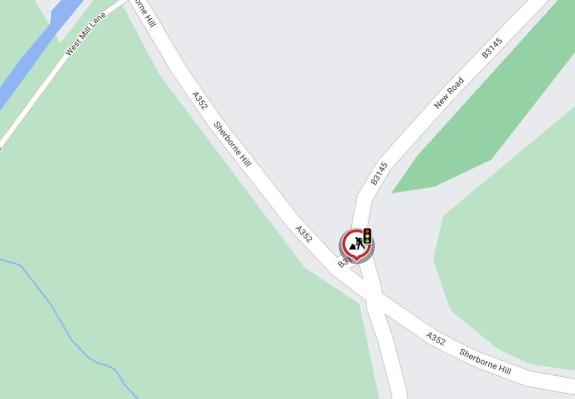I'm not quite sure what you are asking but first of all I'll say that reducing speed limits can work when tackling a specific hazard or more crucially to highlight a specific hazard - but you can't just slap them in indiscriminately and exploit the advantages of a lower limit and/or without considering the wider effect and/or without risking eroding the benefits of where those limits highlight a specific situation i.e. widespread indiscriminate use of 20 limits in Wales (though seeing that appears to be agenda lead they probably did realise the wider impact and were hoping to use it as an accelerant for future changes).
When I've looked at the studies used as justifications for lower limits such as wider use of 20s or reducing limits for noise and emissions I've often found that - for safety and other things like emissions:
- The numbers don't hold up in longer term data - with the studies often cutting off when despite an initial improvement the numbers creep back up again - but those studies are still used as justification for new lower limits.
- The exact same pattern is often happening elsewhere without those limits because it reflects a wider trend despite it looking like a win when used in isolation.
- Numbers in some studies correlate more to things like the increase in the number of vehicles on the road with more advanced safety features i.e. collision avoidance or better designed for pedestrian safety, the increase in EVs or the effect of changes in regulations to improve vehicle emissions.
- Replicating touted "lab results"/simulations in the real world often doesn't work i.e. due to there being a range of engines, gearing, loads and traffic conditions. An often overlooked aspect is that in lab results for emissions at different speeds the numbers aren't taking into effect aspects like in widespread 20 zones vehicles aren't reaching optimum temperature fast enough resulting in running less efficiently for longer periods with an also knock on environmental effect of people then having to replace components like EGRs more regularly.
- 20 zones often see a longer term complication with serious incidents and deaths involving cyclists including within the zone and within the general area - which often offsets the initial gains in reducing pedestrian incidents - I'm not entirely sure why but suspect it is a combination of a small to moderate increase in the number of cyclists, making a more dangerous situation when people who stick to the speed limit try to pass them with a now lower speed delta and that other surrounding areas haven't seen any changes to accommodate cyclists.
I'm not against lowering limits where that is done reasonably - though it can be a mixed story for example there are 2 crossroads/junction along a stretch of road near me which have had high incident rates:
Construction work is due to take place to improve visibility at the A352 / New Road junction near Sherborne. This junction has been the location of several road traffic collisions where people have been injured. The works will start on 2 April 2024, and will take up to…

www.dorsetcouncil.gov.uk
Where they've reduced the limit to 30, at Horsecastles the first year has shown significant improvements and will likely hold up longer term, but at Dancing Hill (including the bridge before it) it hasn't tackled the root cause of problems and several serious incidents have happened since and without changes beyond just a speed limit change it likely won't solve the problem - but still a lot of people jump on the "must be people speeding causing the problem".
There is another junction near me where they've reduced the limit from 50 to 30 through that stretch after frequent serious collisions and so far there hasn't been any new serious incidents in quite awhile.
On the other hand (as linked in my post just above) there is a stretch of fast dual-carriageway near me with 2 crossroad junction, I'm quite familiar with one having had a few close calls there - so far none of them caused by myself. Where everyone is getting worked up about speed, wanting speed reductions [again], and a fair few people calling for average speed cameras but the problems won't be solved with any reasonable lower speed limits though lowering the limit (they've recently changed it from 70 to 60) will mitigate the severity and frequency of incidents a bit, many of the most serious accidents have been due to people either driving at high speed under the influence or poor driving i.e. not fully clearing the carriageway when pulled into the middle of the junction, etc. and average speed cameras just causes an extra consideration and potential penalty for innocent people without tackling the full scale of the problem.



 a lot of people drive ignorantly because there is a high chance they will get away with it.
a lot of people drive ignorantly because there is a high chance they will get away with it.